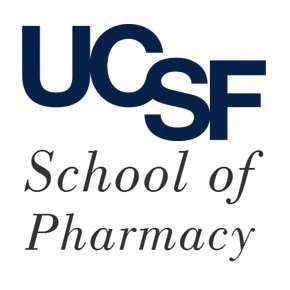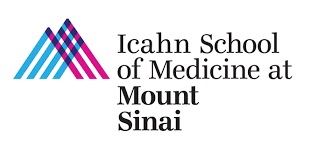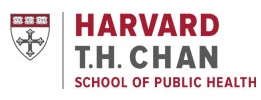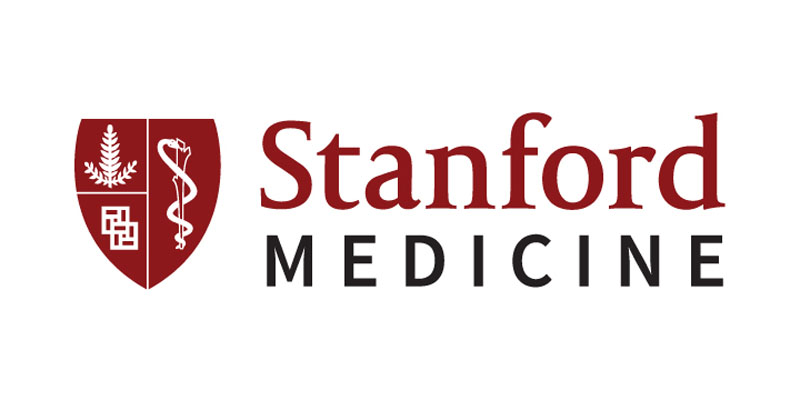Submitted by ja607 on
| Title | A cross-population atlas of genetic associations for 220 human phenotypes. |
| Publication Type | Journal Article |
| Year of Publication | 2021 |
| Authors | Sakaue, S, Kanai, M, Tanigawa, Y, Karjalainen, J, Kurki, M, Koshiba, S, Narita, A, Konuma, T, Yamamoto, K, Akiyama, M, Ishigaki, K, Suzuki, A, Suzuki, K, Obara, W, Yamaji, K, Takahashi, K, Asai, S, Takahashi, Y, Suzuki, T, Shinozaki, N, Yamaguchi, H, Minami, S, Murayama, S, Yoshimori, K, Nagayama, S, Obata, D, Higashiyama, M, Masumoto, A, Koretsune, Y, Ito, K, Terao, C, Yamauchi, T, Komuro, I, Kadowaki, T, Tamiya, G, Yamamoto, M, Nakamura, Y, Kubo, M, Murakami, Y, Yamamoto, K, Kamatani, Y, Palotie, A, Rivas, MA, Daly, MJ, Matsuda, K, Okada, Y |
| Corporate Authors | FinnGen |
| Journal | Nat Genet |
| Volume | 53 |
| Issue | 10 |
| Pagination | 1415-1424 |
| Date Published | 2021 10 |
| ISSN | 1546-1718 |
| Keywords | ABO Blood-Group System, Biological Specimen Banks, Genetic Association Studies, Genetic Loci, Genetic Pleiotropy, Genetic Predisposition to Disease, Genome-Wide Association Study, Humans, Major Histocompatibility Complex, Meta-Analysis as Topic, Mutation, Phenotype |
| Abstract | Current genome-wide association studies do not yet capture sufficient diversity in populations and scope of phenotypes. To expand an atlas of genetic associations in non-European populations, we conducted 220 deep-phenotype genome-wide association studies (diseases, biomarkers and medication usage) in BioBank Japan (n = 179,000), by incorporating past medical history and text-mining of electronic medical records. Meta-analyses with the UK Biobank and FinnGen (n = 628,000) identified ~5,000 new loci, which improved the resolution of the genomic map of human traits. This atlas elucidated the landscape of pleiotropy as represented by the major histocompatibility complex locus, where we conducted HLA fine-mapping. Finally, we performed statistical decomposition of matrices of phenome-wide summary statistics, and identified latent genetic components, which pinpointed responsible variants and biological mechanisms underlying current disease classifications across populations. The decomposed components enabled genetically informed subtyping of similar diseases (for example, allergic diseases). Our study suggests a potential avenue for hypothesis-free re-investigation of human diseases through genetics. |
| DOI | 10.1038/s41588-021-00931-x |
| Alternate Journal | Nat Genet |
| PubMed ID | 34594039 |
| Grant List | R01 HG010140 / HG / NHGRI NIH HHS / United States U01 HG009080 / HG / NHGRI NIH HHS / United States |





